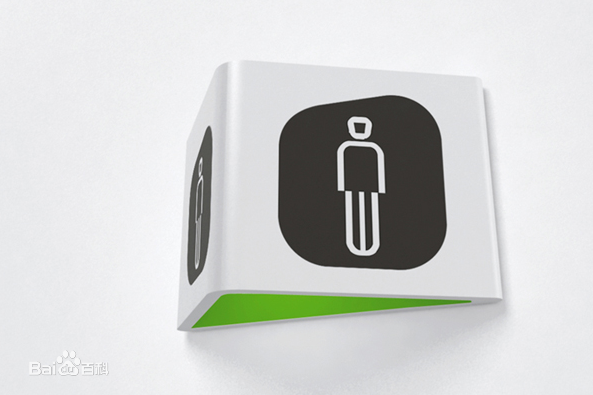Microservice-based systems are often complex to understand, especially when their sizes grow. Abstracted views help practitioners with the system understanding from a certain perspective. Recent advancement in interactive data visualization begs the question of whether established software engineering models to visualize system design remain the most suited approach for the service-oriented design of microservices. Our recent work proposed presenting a 3D visualization for microservices in augmented reality. This paper analyzes whether such an approach brings any benefits to practitioners when dealing with selected architectural questions related to system design quality. For this purpose, we conducted a controlled experiment involving 20 participants investigating their performance in identifying service dependency, service cardinality, and bottlenecks. Results show that the 3D enables novices to perform as well as experts in the detection of service dependencies, especially in large systems, while no differences are reported for the identification of service cardinality and bottlenecks. We recommend industry and researchers to further investigate AR for microservice architectural analysis, especially to ease the onboarding of new developers in microservice~projects.
翻译:以微观服务为基础的系统往往非常复杂,难以理解,特别是当其规模扩大时。摘要观点有助于从业人员从某种角度理解系统。最近互动数据视觉化的进展引出了一个问题,即已经建立的软件工程模型以直观化系统设计是否仍然是面向服务的微观服务设计最合适的方法。我们最近提议的工作是3D直观的微观服务,以扩大现实。本文分析这种方法在处理与系统设计质量有关的选定建筑问题时是否给从业人员带来任何好处。为此目的,我们进行了一项有控制的实验,有20名参与者参与,调查他们在确定服务依赖性、服务基点和瓶颈方面的表现。结果显示,3D既能提供检查服务依赖性的专家,又能提供检测服务依赖性的专家,特别是在大型系统,但是在确定服务基点和瓶颈方面没有报告差异。我们建议工业界和研究人员进一步调查AR,以进行微观服务建筑分析,特别是便利微型服务~项目的新开发者登船。</s>




